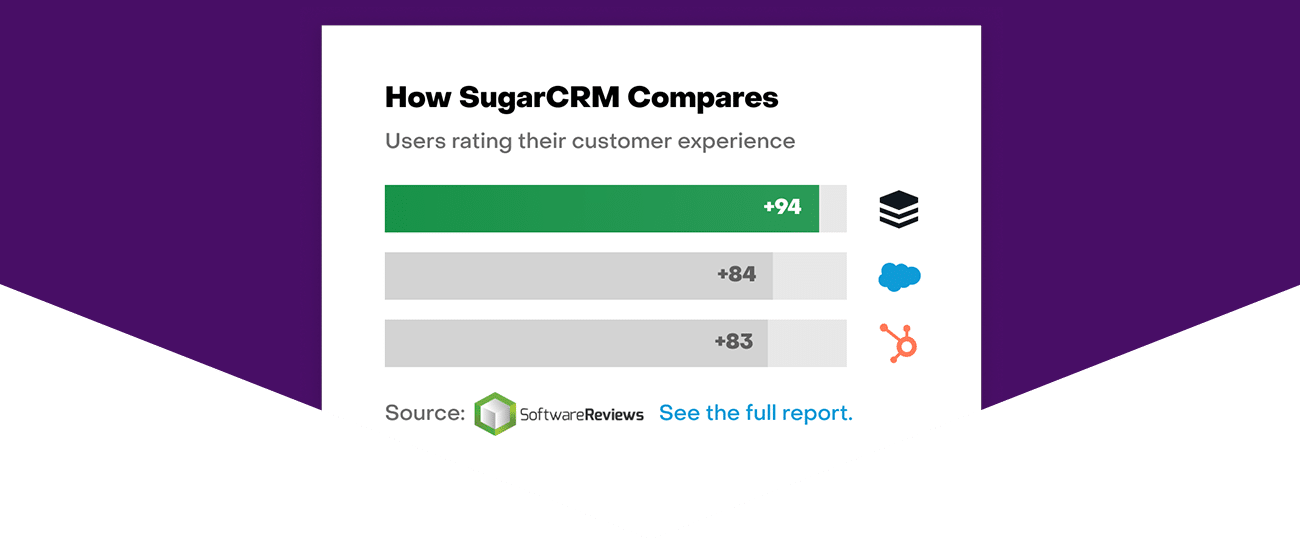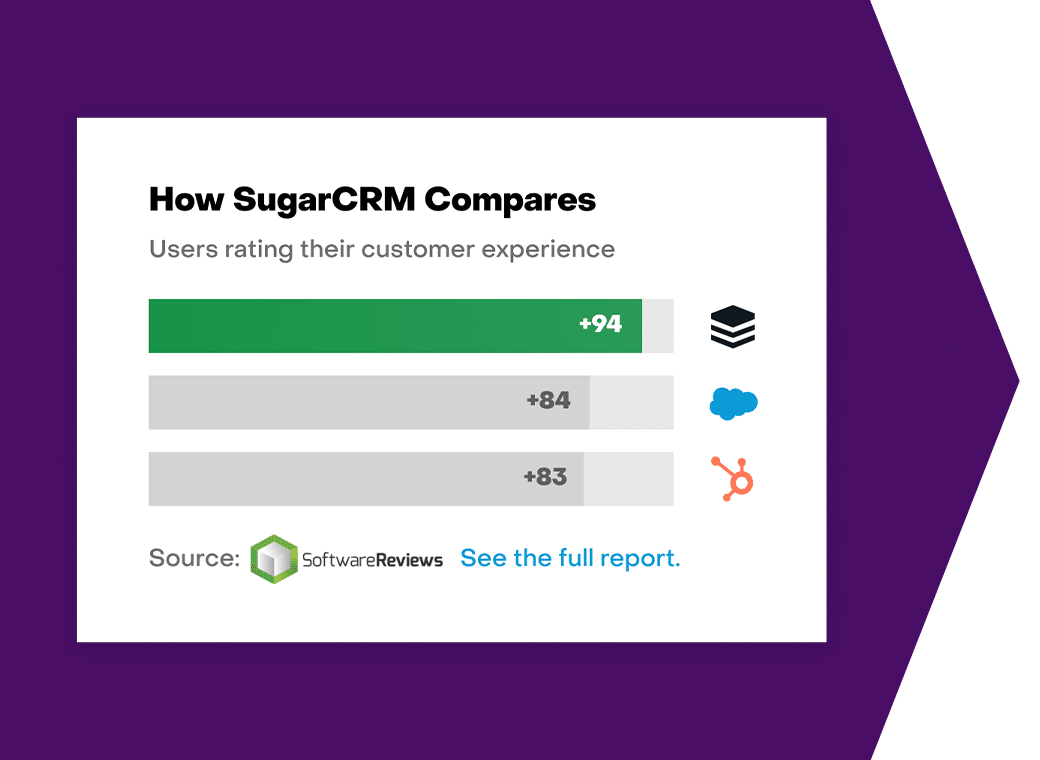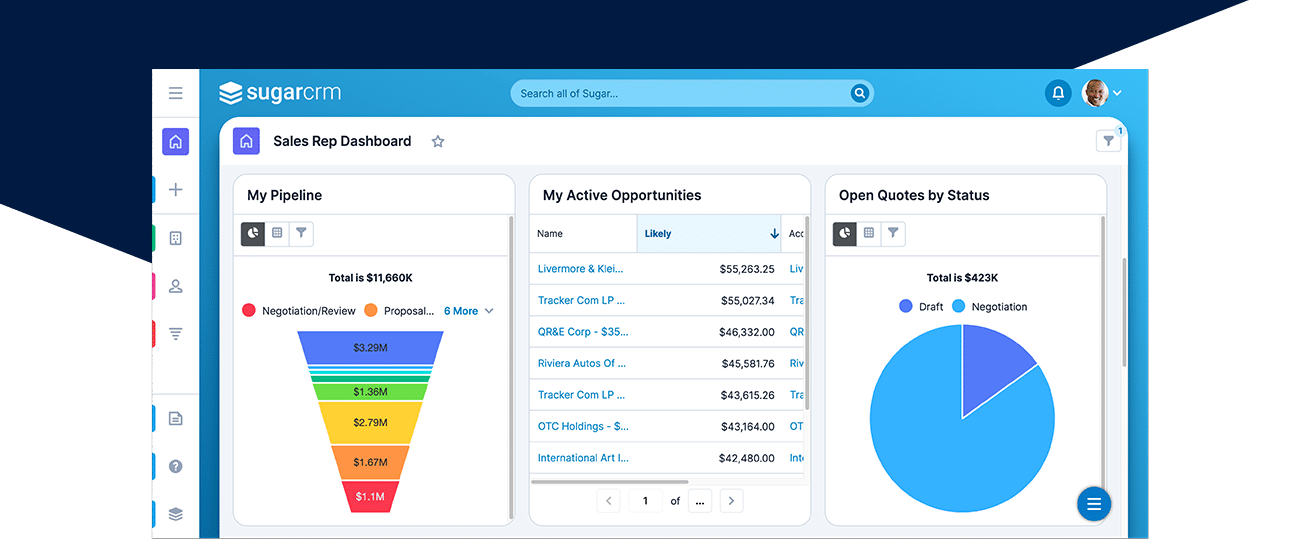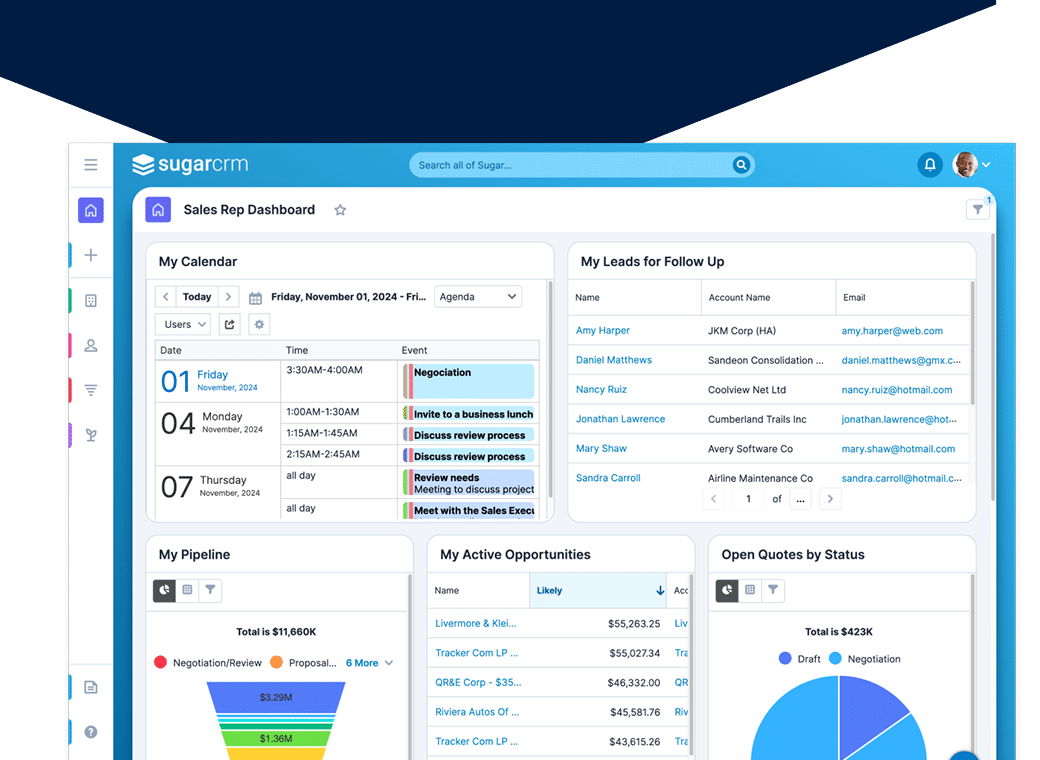Using Technology to Unify Sales, Marketing, and Service for Consistent Customer Insights
Businesses today are more than aware that closing a deal is far from your customer’s end of interaction with your enterprise. In fact, reputable enterprises focus on cultivating beneficiary relationships with customers on both ends that expand beyond closing the deal. This measure helps companies ensure that all customers have a higher lifetime value and are staying loyal to your company for a while. For this, you need a consistent customer view, and it can luckily be achieved with technology’s help.
Closely paying attention to your customer lifecycle allows you to better prepare and coordinate your sales, marketing, and service teams and empower them to turn one-time customers into returning customers. Of course, paying attention to your customer lifecycle is not enough. You need the right tools and data sets to work with to accelerate growth through your customers. Let’s dive into everything you need to know about how cross-departmental collaboration to boost your customer retention rates.
What we'll Cover:
Customer Lifecycle: The Stages
The customer lifecycle has five stages: reach, acquisition, conversion, retention, and loyalty. The customer lifecycle is more than just about the buying stages; it also accounts for customer experience and customer aftercare.
1. Reach
In this lifecycle stage, customers identify a problem they want to solve and search for a product. At this point, the customer is comparing similar products from different brands and researching their options.
In this stage, you have the opportunity to reach out to said customer while they are deliberating which product would fit their needs the most. There are several methods you can use to reach your customers in this stage, from social media, search engine marketing, SEO, etc.
When customers reach out to your company for additional information, educational content, or pricing inquiry, you can consider this stage successful.
2. Acquisition
As soon as customers land on your website or have made a call to your company, they enter the acquisition stage. There is no clear definition of how this stage looks like, since it vastly depends on the channel they used to reach out: phone call, email, website, etc. However, in this stage, you’ll need to answer all their questions and concerns, while getting all the information you can on their needs.
Make sure that your website is user-friendly, easy to navigate, and packed with relevant information and educational content. Consider having some gated content so you have the appropriate means to reach out to customers in this stage. Live chat bots are also a thing to consider, since many customers today prefer the assistance of intelligent bots over making phone calls.
3. Conversion
Once the customer gathers all the relevant information about your brand and products and has had a positive interaction with your company, customers usually make a purchase. This involves continuous engagement, personalized experiences, and excellent customer service. By consistently meeting and exceeding customer expectations, you can foster a strong connection, encouraging repeat business and positive word-of-mouth recommendations.
4. Retention
However, for a full customer journey to complete, you still have work to do. Typically, companies strive to gain returning customers, and ultimately, achieve brand loyalty.
The recipe for a solid customer retention strategy is carrying out customer satisfaction surveys. This way, you can learn more about the buying experience and the experience they had while using the newly acquired product and use that information to constantly improve your products and approach. Customers that reach this particular stage would most likely benefit from 24/7 support, discounts, referral bonuses and other similar perks, depending on your products’ nature.
5. Loyalty
Lastly, once a customer is retained for long enough, they can be considered a loyal customer. Once customers turn into loyal customers, they become important assets for your company. Now only they are likely to make repeated purchases from your brand, but they become a brand ambassador, sharing their positive experiences with others in real-life, but also on social medial, forums, etc.
Now that we established which are the stages of a customer’s lifecycle, let’s see how your sales, marketing, and service departments better align their approach with technology’s help.
How to Unite and Align Your Customer Stages via Technology
1. CRM Applications
A centralized CRM system is the backbone of any customer-centric strategy. By consolidating customer data from sales, marketing, and service interactions into one platform, CRMs provide a comprehensive view of each customer. This integration allows your teams to access the same information, ensuring consistency in communication and strategy.
For example, when a marketing campaign generates leads, the CRM captures this data and makes it available to the sales team, who can then tailor their approach based on the marketing touchpoints the lead has interacted with. Similarly, service teams can access customer history to provide personalized support, enhancing customer satisfaction and loyalty.
2. Marketing Automation Tools
Marketing automation tools are essential for creating targeted and personalized marketing campaigns. These tools collect and analyze data from various channels—social media, email, website interactions—and segment customers based on their behavior and preferences. This segmentation enables your marketing team to deliver relevant content and offers to the right audience at the right time.
Besides, marketing automation tools can sync with your CRM, ensuring that the sales team receives updated information about customer interactions. This alignment helps sales reps understand the customer’s journey and tailor their pitches accordingly, leading to higher conversion rates.
3. Sales Enablement Platforms
Sales enablement platforms equip your sales team with the resources, tools, and information they need to close deals more effectively. These platforms integrate with your CRM and other customer data sources to provide insights into customer behavior, preferences, and history.
With access to detailed customer profiles, sales reps can personalize their outreach, addressing specific pain points and interests. Additionally, these platforms often include features like content management, training modules, and performance analytics, helping sales teams stay informed and efficient.
4. Customer Service Management Systems
Customer service management systems are designed to streamline support processes and improve customer satisfaction. By integrating with your CRM and other data sources, these systems provide service agents with a 360-degree view of the customer.
When a customer reaches out for support, agents can quickly access their entire interaction history, including past purchases, service requests, and communication records. This comprehensive view allows for more effective problem-solving and a personalized support experience, fostering customer loyalty and retention.
5. Data Analytics and Business Intelligence Tools
Data analytics and business intelligence (BI) tools play a critical role in understanding customer behavior and predicting future trends. These tools analyze data from various sources, like your CRM, marketing automation, sales enablement, and customer service systems, and provide actionable insights.
By leveraging data analytics, your teams can identify patterns and trends, such as which marketing campaigns drive the most sales or which customer segments are most profitable. BI tools help in making data-driven decisions and optimizing strategies across sales, marketing, and service departments to enhance the overall customer experience.
6. Integration Platforms and APIs
To ensure that all these technologies work seamlessly together, integration platforms and APIs are essential. These tools enable different software applications to communicate and share data, creating a unified technology ecosystem.
For example, integrating your CRM with your marketing automation tool ensures that customer data is updated in real-time across both platforms. Similarly, connecting your customer service management system with your sales enablement platform allows for a consistent flow of information, ensuring that all teams are on the same page.
Interested in learning how technology can help you better align your business and goals? Listen to our Stepping Into an Omnichannel Future with Javier Castillo, Empresas ADOC Fuel Growth Podcast episode!







